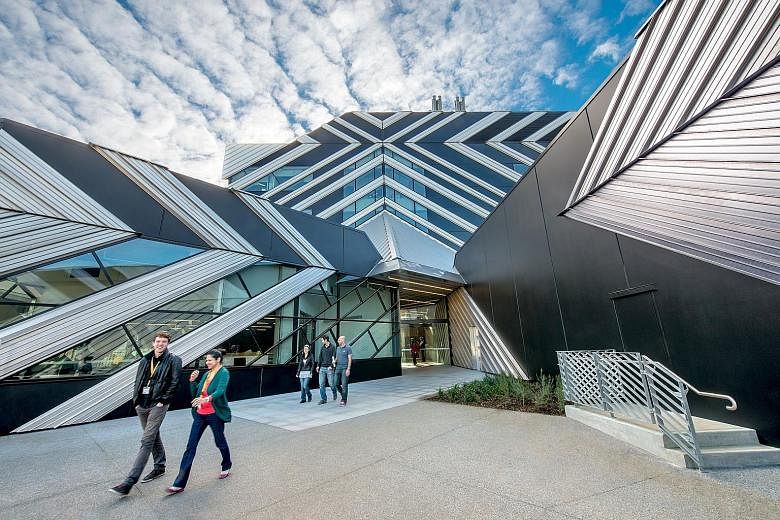When the Academic Ranking of World Universities was released earlier this month, more than half of Australia's universities appeared in the highly prestigious top 500.
That is quite an extraordinary achievement for a country as small as Australia, but might leave future students scratching their heads and wondering, well, was there something wrong with the others?
The badge of a university in Australia is protected by law and requires institutions to have robust quality control and meet strict standards, so none of its universities are poor quality - and certainly not prone to the kinds of issues besetting elements of the private higher-education sector.
The Economist claimed a few years ago: "Australia's universities, like its wine, are decent and dependable, but seldom excellent."
While that sentiment might play well to an education minister bent on pushing some institutions into the rankings stratosphere at the expense, in funding terms, of others, it is somewhat unfair.
Historically, Australia has aimed to have an excellent university sector, rather than put all of its eggs into a few sandstone baskets.
The Dawkins Reforms of the late 1980s, which included the implementation of income-contingent loans, were aimed at creating a comprehensive system, in which quality was widespread but diversity of institutional mission was encouraged.
To quite some extent, this aim has come to fruition. This is evident in the alliances made by universities according to the strengths they choose to focus on and the students they aim to serve.
For instance, universities in the Group of Eight comprise Australia's older, Oxbridge-style institutions with big research profiles.
The Australian Technology Network universities are focused on industry collaboration and innovation. The Regional Universities Network serves the regional and rural areas with education and research relevant to their locations.
The Innovative Research Universities are predominantly those created during the expansion of higher education in the 1960s and 1970s, looking to step out from the shadow of the Group of Eight and lay claim to new and emerging research strengths.
Most of the international rankings schemes are based heavily on universities' research output, not their teaching.
Good teaching is very hard to measure or rank. In this sense, such rankings are not a good indicator of the kind of experience an aspiring student will have.
Choosing an institution based on rankings is not necessarily irrational - there is no doubt that status is an important part of signalling behaviour for job applicants.
Beware, however, the (possibly apocryphal) story of the Princeton Law School, ranking very highly in a survey of perceived prestige - despite not actually existing. Status is real, but what is it really pinned to?
The diversity of "institutional missions" in Australia means that finding a good university, for students, means finding the university that is good for you.
Are you looking for an education you can fit around your other commitments and undertake online?
Is research reputation and status signalling important?
Do you want to get involved with sport, theatre, the student newspaper? Do you want to consolidate knowledge and skills you already have, or open your mind to something completely new?
Do you mainly want to "do" things or "think" things?
Probably, you are looking for a combination of these, but once you have a better understanding of the balance, you can ask the questions to find out which institution offers what you want.
From a more personal point of view, people are much more likely to drop out of courses that were low on their preference list, probably because they are not intrinsically interested in them.
If you want to do well, you are probably better off in a course that interests you at a university that might not have been your first choice, rather than taking a place in a course you are not really drawn to at your dream university.
The main stumbling block into the future for Australia and its "good universities" is funding. By think-tank Organisation for Economic Cooperation and Development (OECD) standards, Australian universities are poorly funded (33rd out of 34 for public funding) and the fees are high (nearly twice the OECD average).
It is a shame that so few outside the sector realise this because the good reputation of Australian universities may not last forever.
•Emmaline Bexley is a lecturer in Higher Education at University of Melbourne in Australia.
•This article first appeared in theconversation.com, a website that carries analysis from academics and researchers.

